The internet has been obsessed with coziness for years now, from the Danish practice of “hygge” to various “cozy core” aesthetic offshoots like cottagecore. There’s more incentive now than ever to search for a little extra softness in today’s hectic and demanding life.
Following the trend, a new video game genre has blown up on social media: cozy games. With its focus on calm gameplay and minimal stress, the genre has exploded in popularity among fans. To match trends and meet demand, studios and publishers are quickly producing new cozy gaming franchises, similar to the fast fashion industry’s business model.
As with fast fashion, these rapid development cycles have created its fair share of challenges—both for fans and for game makers. But first, what is a cozy game, and why do people like them so much?
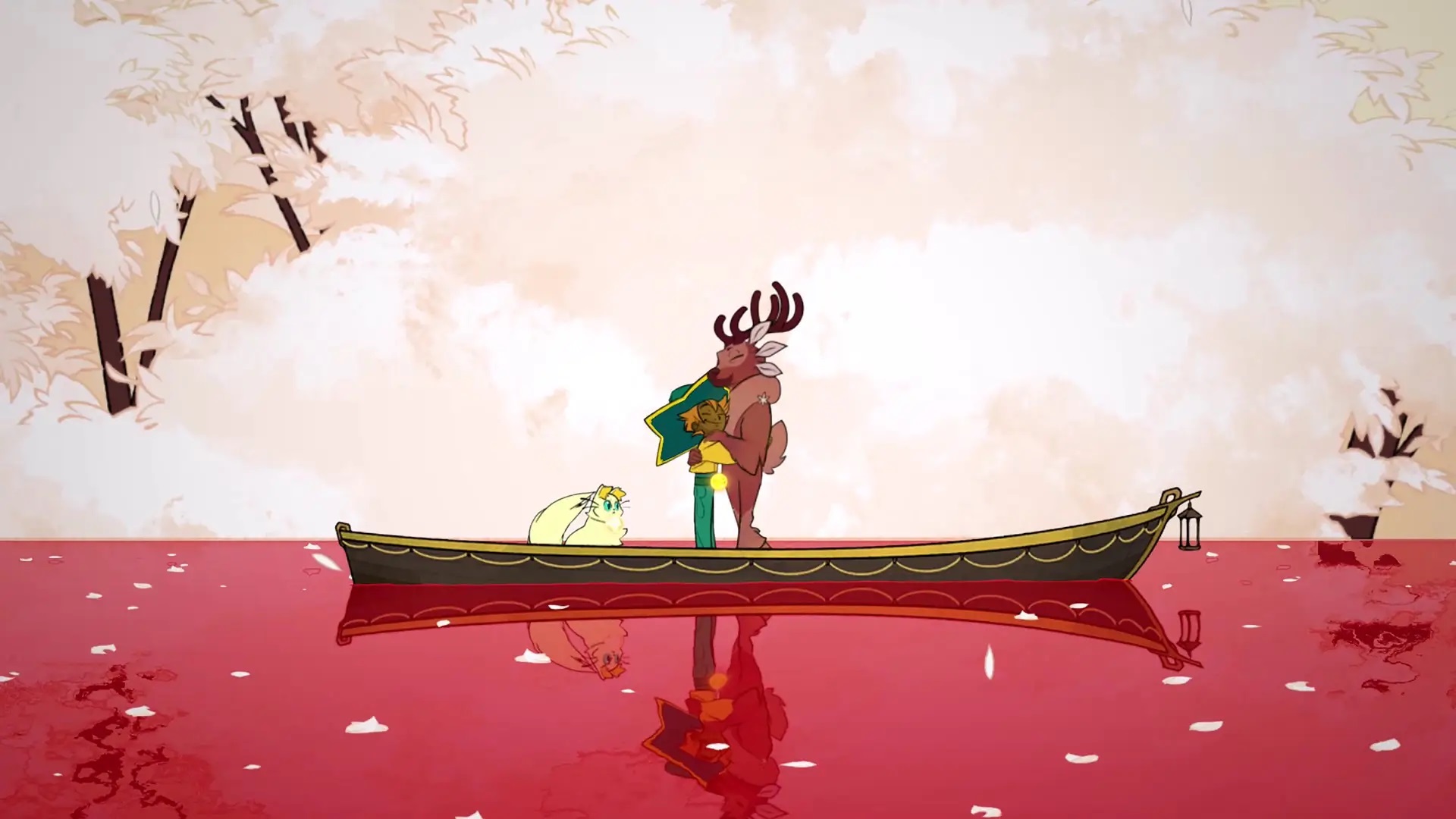
What Are Cozy Games?
According to a report by Project Horseshoe, a game development think tank, any game that fulfills the foundational levels of Maslow’s Hierarchy of Needs falls under the “cozy” category.
Maslow’s theory suggests that people must first fulfill their physical and psychological needs—such as food, shelter, and safety—before they can achieve higher-level needs like love, self-esteem, and self-actualization. Likewise, games in the cozy category are generally low-stakes—you won’t die if you forget to water your crops. When your basic needs are taken care of, you’re not as stressed out.
The idea of “cozy” games dates back to Harvest Moon. The Harvest Moon franchise was the first popular social farming sim—one that featured laid-back, character-focused gameplay. Since then, the farming sim genre has become the backbone of cozy gaming, influencing hit games like Animal Crossing, Stardew Valley, and Spiritfarer.
Yet, games don’t have to include farming to be cozy. Cozy games provide an environment where the player is motivated to look inward. These games can be boiled down to a few core components: nostalgia, a feeling of safety, and a good story. Put simply, the cozy genre is all about calm, chill vibes.
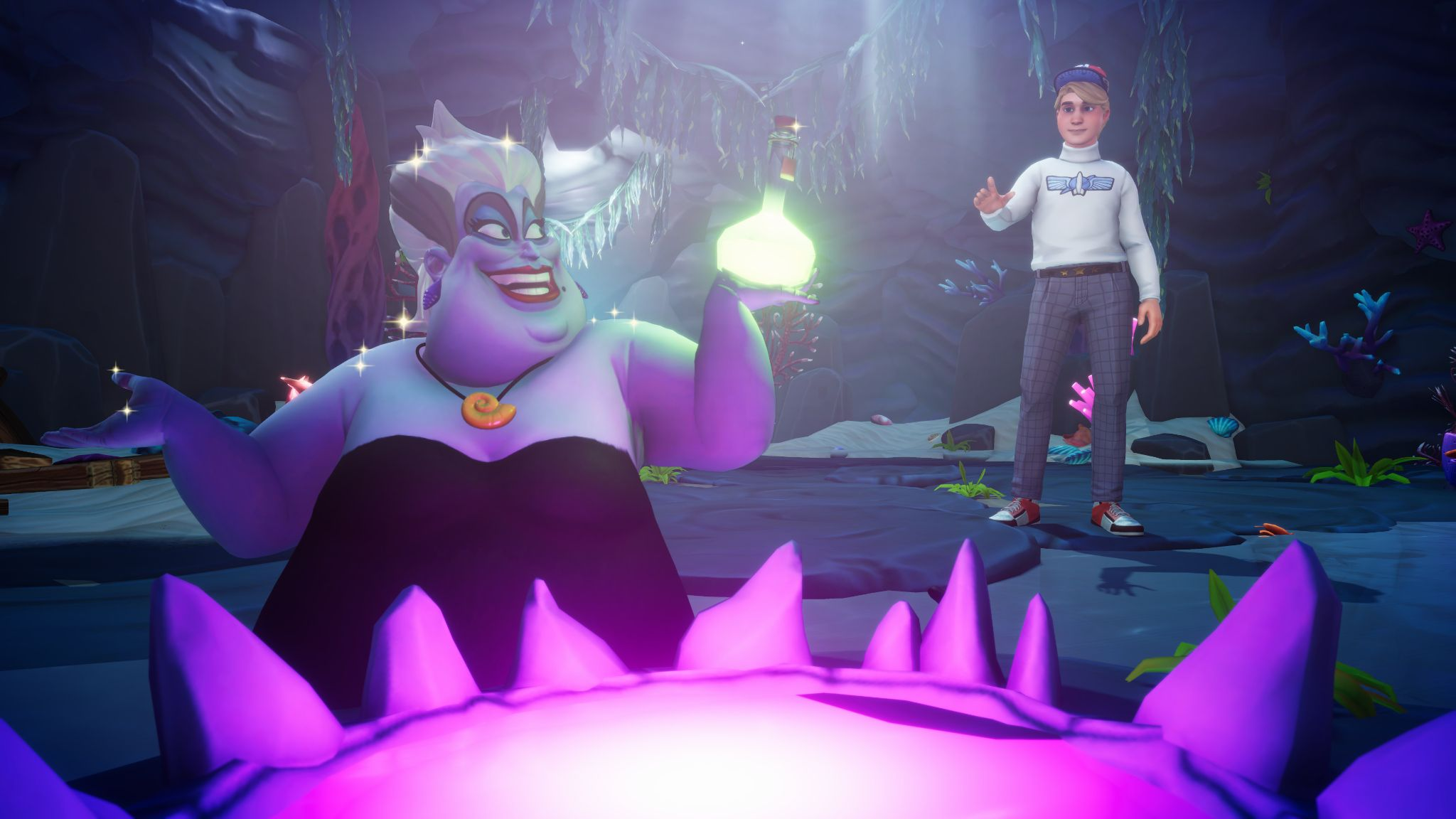
What’s the Problem With Cozy Games?
Cozy games are known to be accessible, and are popular with a wide variety of players. They’ve even attracted new demographics to video games, especially queer and female audiences.
In recent years, the space underneath the cozy umbrella has gotten a bit more snug. Publishers like Chucklefish have branded themselves around this genre, releasing games like Stardew Valley and Starbound. Recently, though, corporations like Warner Bros. and Disney have jumped on the cozy trend, hoping to capture a wider audience with their games Hogwarts Legacy and Disney Dreamlight Valley.
The eagerness to get these games out as quickly as possible has had several unintended consequences, from weakening fanbases and unhealthy monetization models to a growing distrust in the quality of the games as a whole.
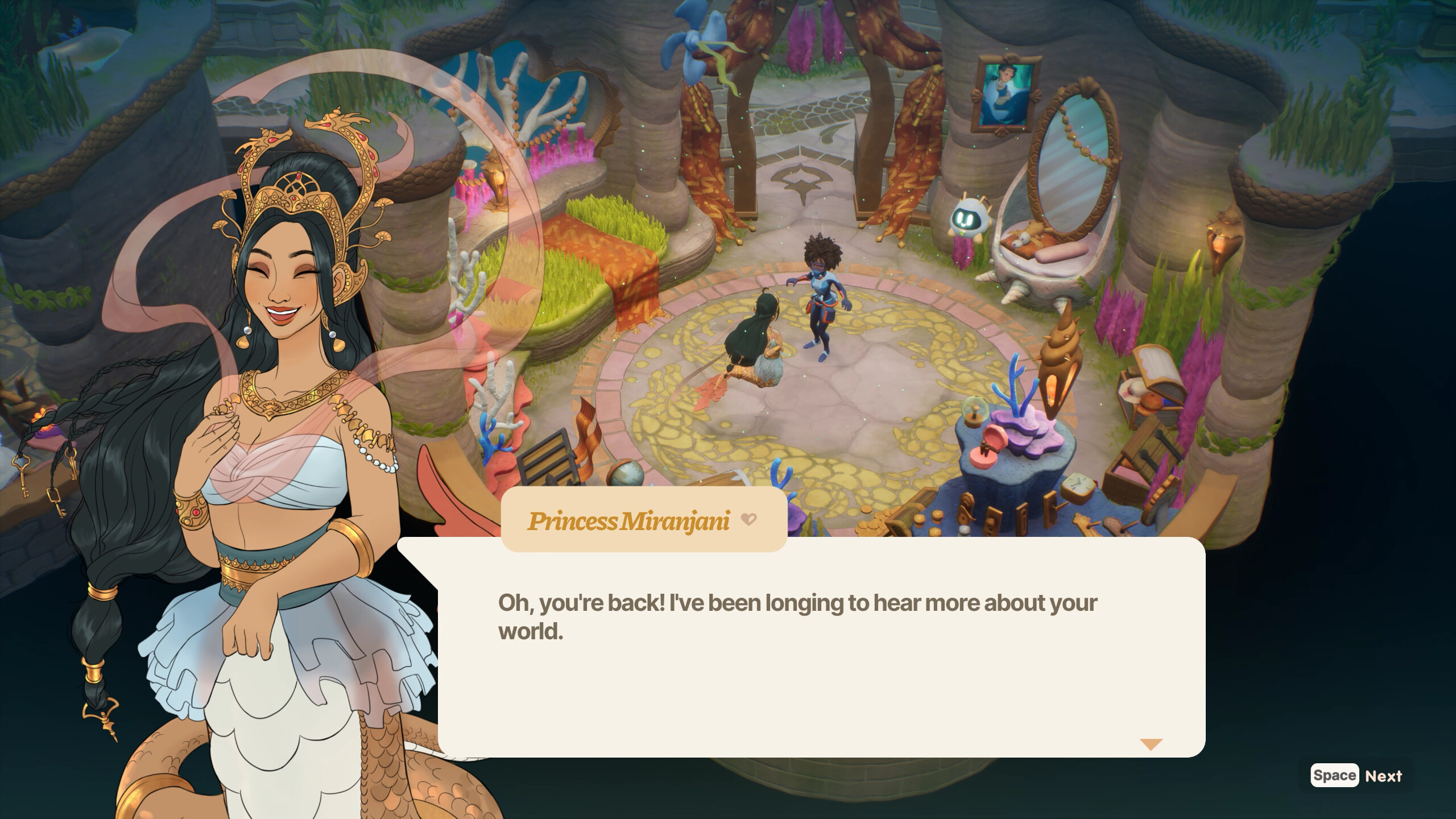
Player Trust
In November, two much-anticipated games in the farming sim genre were released on the same day, which resulted in a few disgruntled Reddit posts. In one Reddit thread, players complained that one of the games, Coral Island, wasn’t complete enough for a full 1.0 release, especially since publisher Humble Bundle had raised the price from $25 in early access to $30 on release.
I played Coral Island in early access and had a great time despite some incomplete NPC interactions and questlines, as well as the occasional bug. However, upon full release, a bug rendered the game unplayable after donating ten items to the museum. More importantly, the main storyline still lacked content, with incomplete questlines for mermaids and giants, and several inaccessible romance events.
Gone are the times when games are released fully (or even mostly) polished. AAA games that launch with game-breaking issues have even become somewhat of a joke. Maybe studios feel a need to stay on top of the trend or deliver on an unrealistic release date, but in any case, the mismatch between player expectations and some games’ release realities has reduced players’ faith in newly released games.
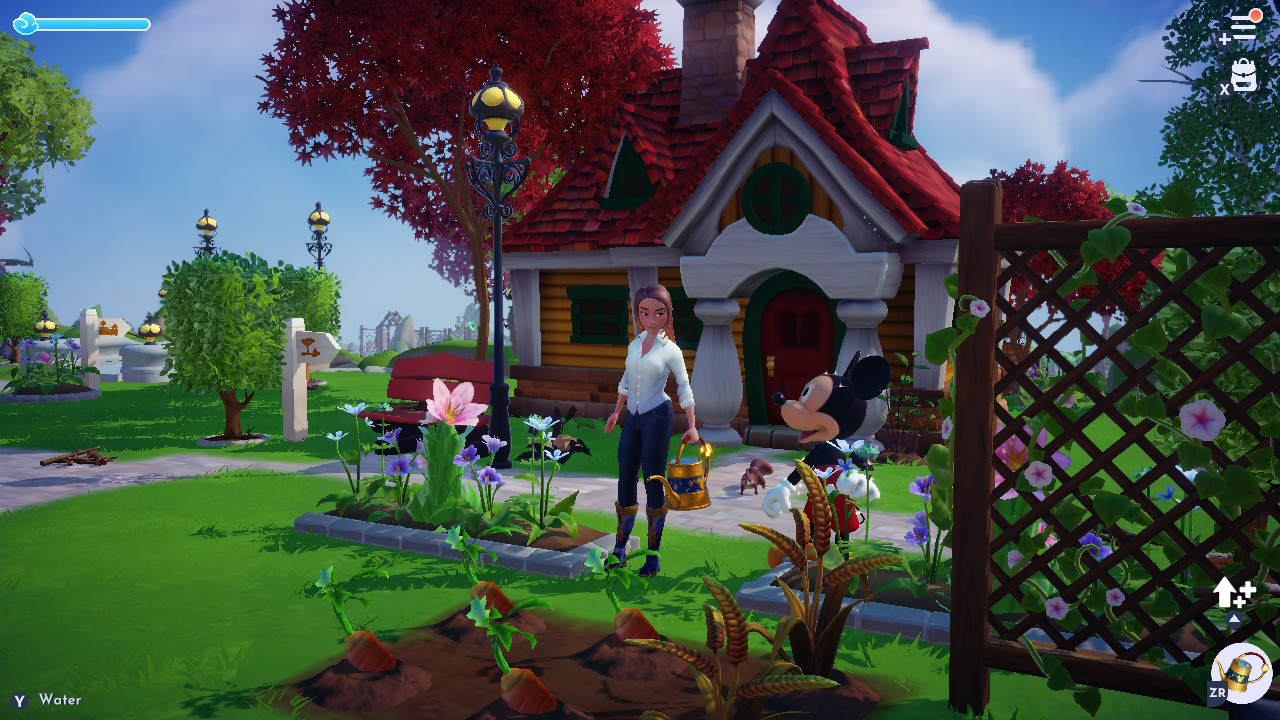
Monetization
A recent game in the cozy genre that has resulted in decreased player trust is Disney Dreamlight Valley. This game is the typical fan service-y game, where you can live in a magical land full of your favorite Disney characters. Disney Dreamlight Valley was generally well-received in early access and has “Very Positive” reviews on Steam.
Disney Dreamlight Valley was fully released on December 5, along with an expensive (and unfinished) set of DLC and new microtransactions for exclusive items. This monetization strategy is a complete change from publisher Gameloft’s original plan to make the game free-to-play and implement cosmetic purchasable items that don’t affect gameplay. This change was met with players berating the company for an obvious “cash grab” in reviews.
Dreamlight Valley’s aggressive monetization strategy is being implemented in newer games as well. Palia, a cozy-style MMORPG currently in beta, is implementing a similar microtransaction-based monetization model. Unfortunately, this is just a symptom of a larger problem within the gaming industry.

An Unsustainable System
Cozy games provide comfort and move people with their authentic artistry and narratives. Their charm lies largely in their ability to offer respite from the chaotic and fast-paced pressures of the real world. Paradoxically, cozy games are being released at a rapid pace because of market pressures and the emerging demographic of gamers who love more calm, touching games. Some studios (like many of those named above) are increasingly prioritizing quantity over quality.
There are tons of games being advertised everywhere we look, especially on social media. A day doesn’t go by that I see the next new adorable farming, management, or life sim that I would just love to play! The hyperproduction of cozy games has also made it difficult to separate games that have just been cobbled together with cute but generic graphics, gameplay, and story from the games that feel carefully and lovingly made.
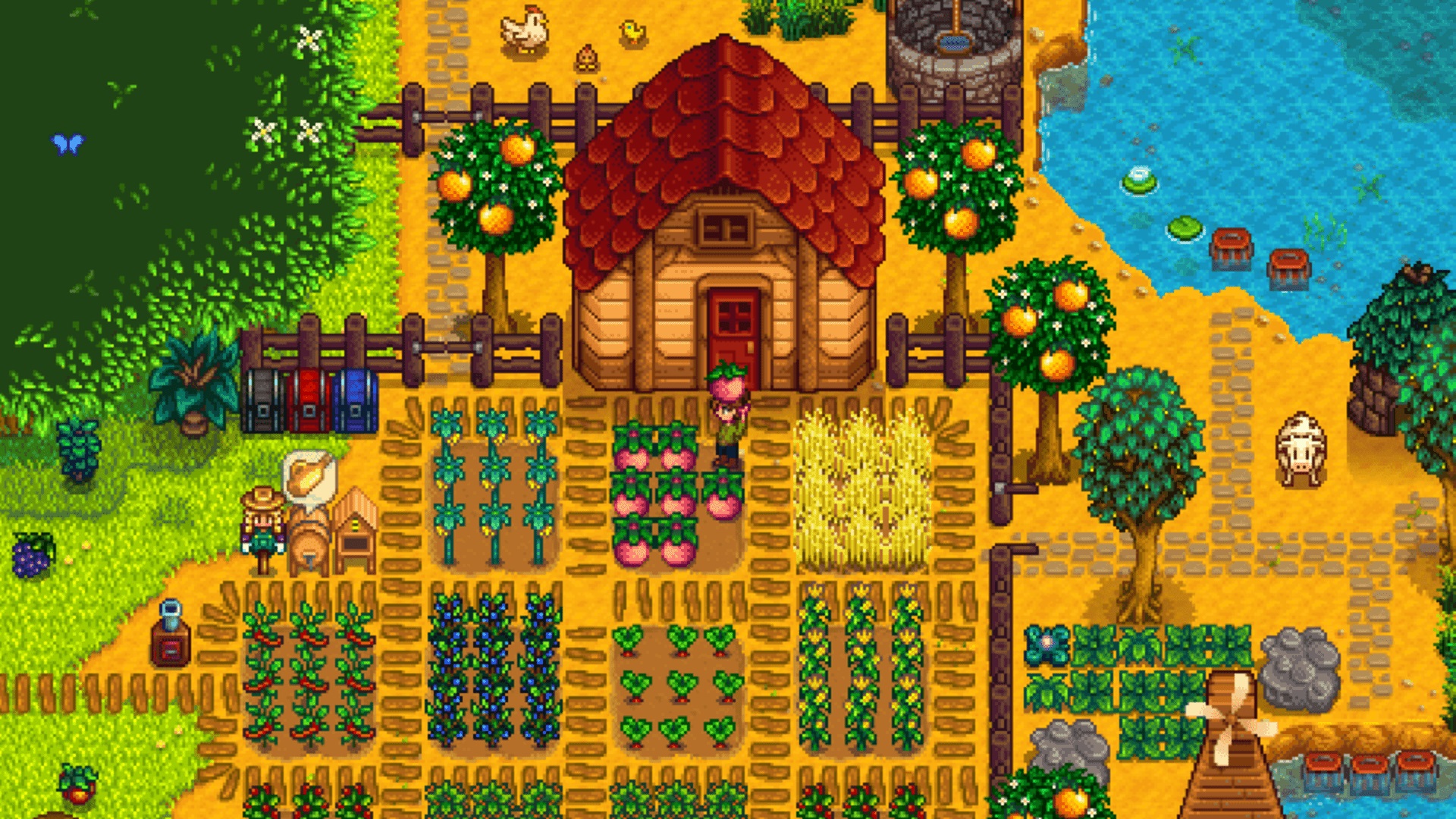
Too Many Games
The hyper-consumption of these games has watered and worn down many of the genre’s fans. Some cozy game players are feeling some serious FOMO about keeping on top of all the new titles.
When Stardew Valley was released, I spent months playing it, discovering every corner of the game and befriending every townie. Now, I feel overwhelmed by the number of games I feel I should be playing. I either spend weeks playing the same games I’ve played for years, or I flit between new games like a nervous hummingbird.
These games are being released in extremely close proximity to other games in the same niche. For a cozy game fan like myself, this overload can make developing a strong bond to a single game difficult. A girl can only participate in so many Discord servers and forums before she loses momentum!
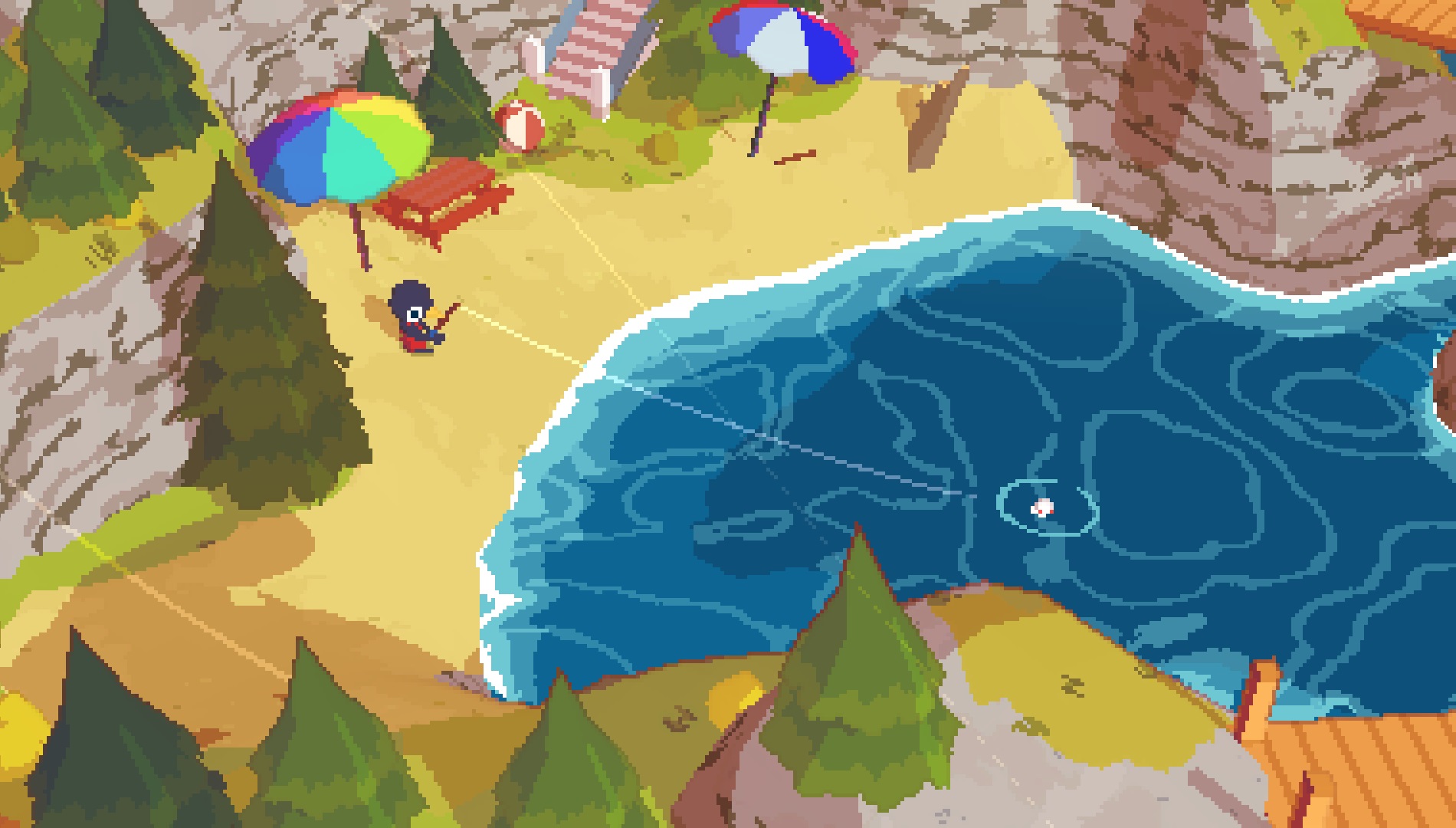
So, What Is Worth Your Time?
For some players, this kind of overload might mean passing on certain games until they find one they love. For others, it could mean participating less in audience-led content creation like fanart or fan fiction while they play as many games on their to-do list as possible. Others still might decide to just stick with what they know and not buy any new games at all.
Deciding what cozy game will be a worthwhile endeavor can be daunting. A growing backlog of cozy games can feel stressful; why did you even buy that cute wizard game if you weren’t going to play it? Gamers can mitigate this kind of stress by consuming mindfully. Ask yourself if the game you want looks like it was made with care, and if you’ll even play it once you buy it. In today’s frantic world, taking a step back can provide a calm space for good decisions.
Despite these worries, we have to remember the essence of coziness: Life isn’t all that bad. Finding a balance between our fast-fashion-focused world and the calm of our hobbies is hard. Games can be an art form to lead us on to self-discovery, comfort, and, most importantly, chill vibes. The goal is to have fun (and feel cozy)!
Want to play some great cozy games, but don’t know where to start? We’ve done some of the searching for you. Check out our ever-growing list of the best cozy video games ever made.
Alexia grew up on video games like Zoombinis and Freddi Fish. After she played The Legend of Zelda: Twilight Princess, she decided that games were her favorite hobby. She recently moved back to her home in Central California after graduating with a Bachelor in Social Sciences and Communications in Belgium. Her interests include gaming subcultures, fantasy world-building, and writing about cozy games!


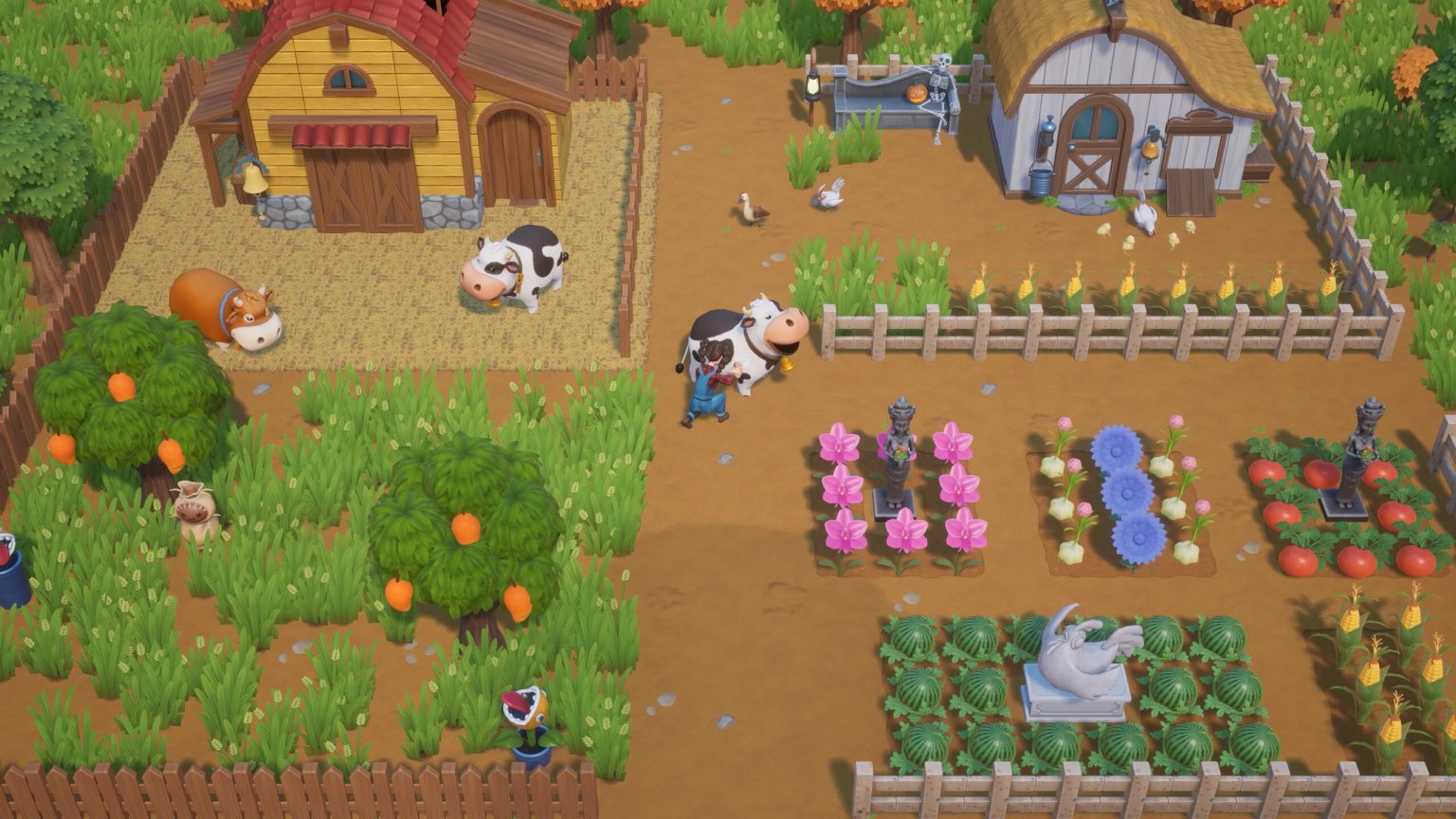






1 Comment
I can’t help but wonder when there will come a breaking point. Like we get crappier and crappier products and the developers get crunched more and more. Without strong unions or a culture that protects itself from its own fast-fashionization (great term btw, very relevant), I don’t see an end to it. It’s almost like an economic system structured around infinitely growing investor returns will eventually break down in a finite environment. Banger article; thanks for sharing!